Computer simulations show that water likely appeared in the Universe much earlier than previously thought.
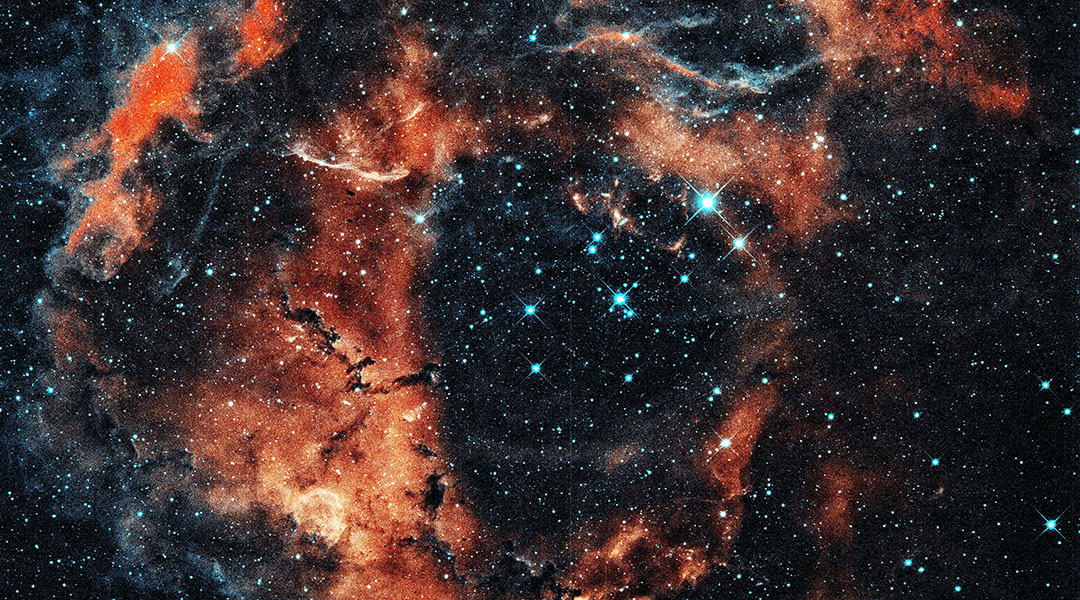

Computer simulations show that water likely appeared in the Universe much earlier than previously thought.

A new approach to understanding gravity helps eliminate some discrepancies inherent in general relativity.
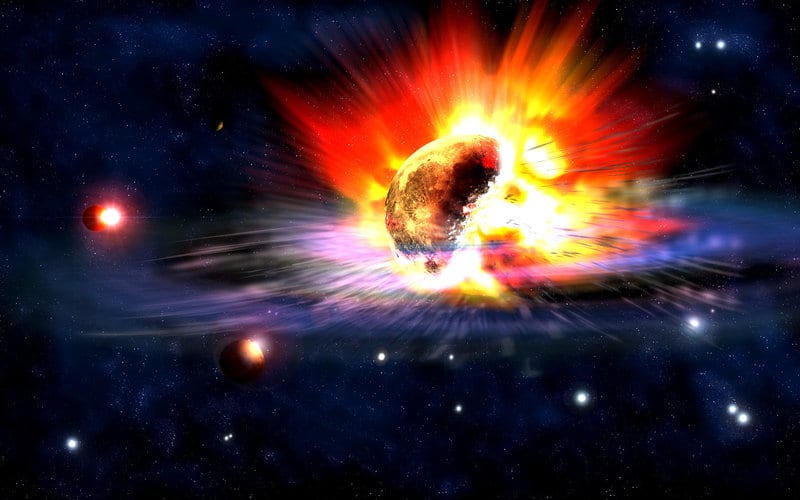
A new protocol is introduced for the quantitative analysis of 2D materials at the nano- and meso-scale fragmentation.
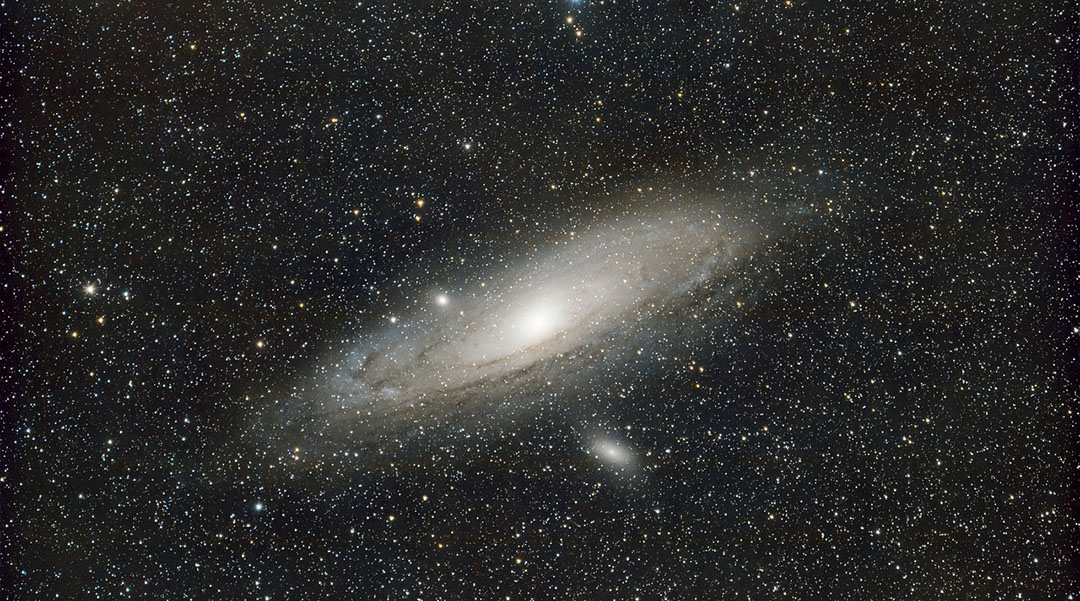
New observations suggest elongated gas filaments that stretch into space may be feeding supermassive black holes.
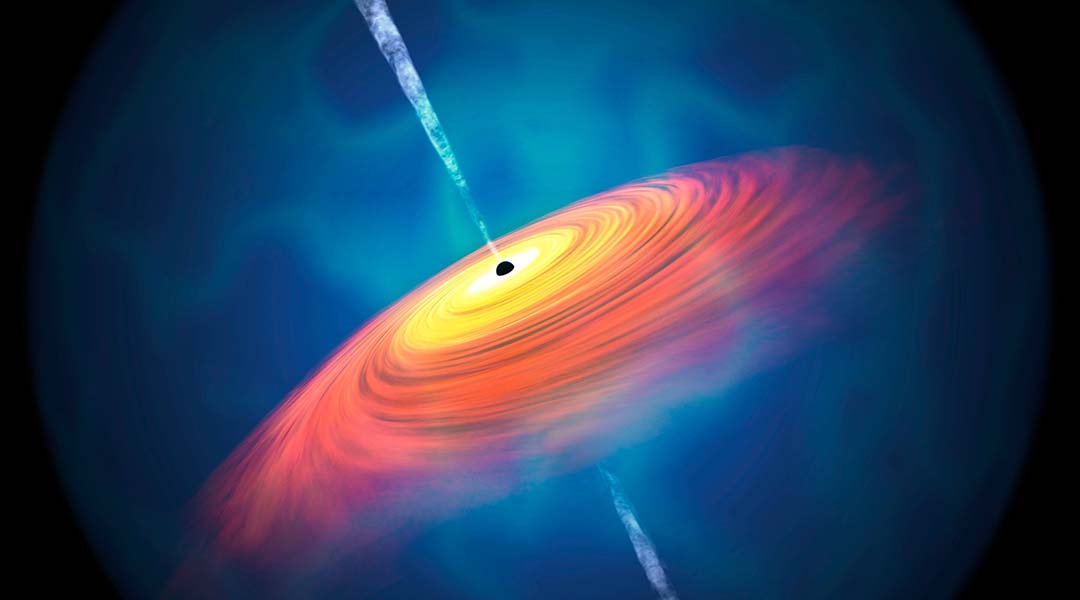
Scientists have only observed supermassive black holes one billion years after the Big Bang, but astrophysicists have now breached this barrier.

Using quasars as ticking cosmic clocks, scientists took a journey back in time, discovering time progressed five times slower just after the Big Bang.
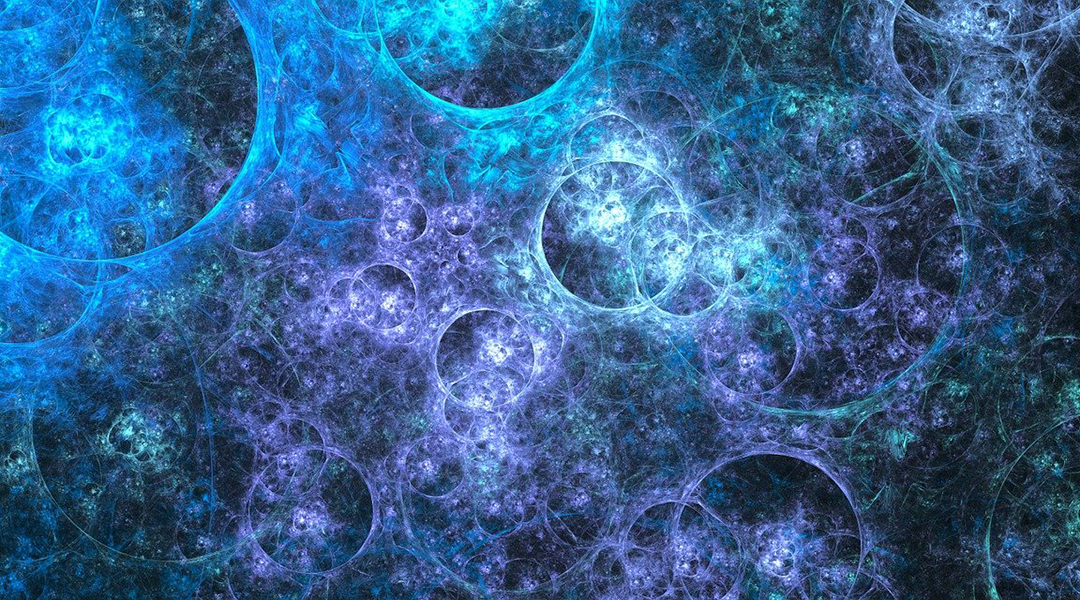
Gravitational waves produced by the phase transitions of matter right after the Big Bang could provide new insights into particle physics.
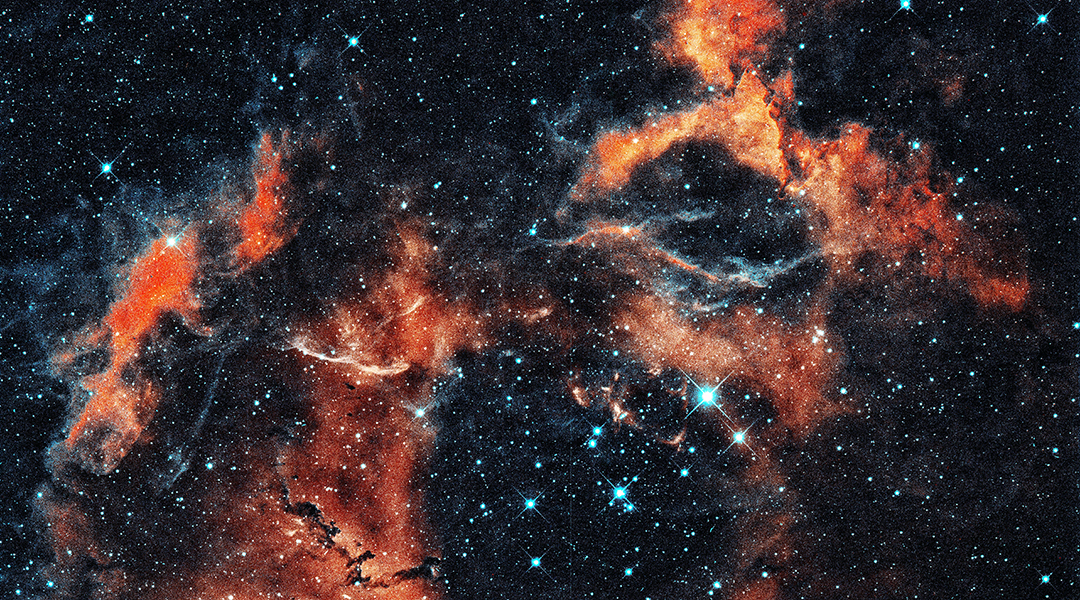
Using an artificial neural network and AI, researchers are developing a powerful computational tool to model particle physics following the Big Bang.

Subtle inflaton interactions may reshape our understanding of cosmic inflation, altering predictions about dark matter, black holes, and gravitational waves.

Scientists assume that inflation was driven by hypothetical inflaton particles, which scientists think could be the Higgs boson.